Affordable Tummy Tuck Vietnam: Costs & What to Know
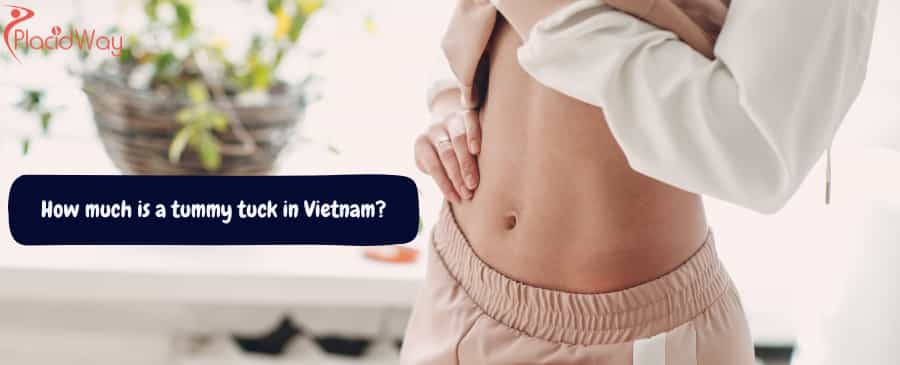
A tummy tuck in Vietnam, or abdominoplasty, is a popular cosmetic surgical procedure designed to create a smoother, firmer abdominal profile. For individuals considering this transformative surgery, the primary question often revolves around cost, but it's equally important to understand the procedure itself, recovery, and what contributes to a successful outcome. Vietnam has emerged as a sought-after destination for medical tourism, offering competitive pricing for procedures like the tummy tuck, attracting individuals globally. Understanding the nuances of abdominoplasty in Vietnam can help you make an informed decision.
The allure of a flatter stomach and improved body contour drives many to explore tummy tuck surgery. Whether it's due to post-pregnancy changes, significant weight loss, or the natural aging process, excess skin and weakened abdominal muscles can be a source of concern. This comprehensive guide will delve into the specifics of getting a tummy tuck in Vietnam, addressing common questions and providing detailed insights to help you navigate your journey. We'll explore not just the financial aspects but also crucial information regarding safety, choosing a surgeon, and what to expect before, during, and after the procedure.
What is a Tummy Tuck?
"A tummy tuck, medically known as an abdominoplasty, is a surgical procedure that removes excess skin and fat from the abdomen and tightens the underlying abdominal muscles to create a flatter, more toned midsection."
A tummy tuck is more than just fat removal; it's a contouring procedure that addresses loose, sagging skin and repairs separated or weakened abdominal muscles (a condition called diastasis recti), which diet and exercise alone often cannot fix. The extent of the surgery can vary, from a mini tummy tuck targeting the lower abdomen to a full tummy tuck addressing the entire abdominal area, or even an extended tummy tuck that includes the flanks and lower back. The goal is to achieve a smoother, firmer, and more aesthetically pleasing abdominal appearance. This procedure is often sought by individuals after pregnancy, significant weight loss, or due to aging, as these factors can contribute to skin laxity and muscle separation.
How Much Does a Tummy Tuck in Vietnam Typically Cost?
"The cost of a tummy tuck in Vietnam generally ranges from $3,000 to $5,500 USD. This price can fluctuate based on the complexity of the procedure, the surgeon's e
Vietnam has become a competitive market for cosmetic surgery, offering significant cost savings compared to Western countries. The price of abdominoplasty in Vietnam is influenced by several factors. A standard full tummy tuck will differ in cost from a mini tummy tuck or an extended procedure. Furthermore, renowned surgeons with extensive experience and specialized skills may charge higher fees. The clinic's location (e.g., Ho Chi Minh City or Hanoi), the quality of its facilities, and the level of post-operative care provided also play a role. It's crucial to get a detailed quote that outlines all inclusions to avoid unexpected expenses.
What Factors Influence the Cost of a Tummy Tuck in Vietnam?
"Several factors influence the tummy tuck cost in Vietnam, including the type of abdominoplasty (mini, full, or extended), the surgeon's expertise and reputation, the clinic or hospital's accreditation and facilities, anesthesia fees, pre-operative tests, post-operative garments, and medication."
Breaking down the cost components can help you understand the overall price of a tummy tuck in Vietnam.
- Type of Tummy Tuck: A mini tummy tuck is less extensive and therefore generally less expensive than a full or extended tummy tuck.
- Surgeon's Fees: Highly experienced and board-certified plastic surgeons may have higher fees due to their expertise and proven track record.
- Clinic/Hospital Standards: Internationally accredited hospitals or clinics with advanced technology and high standards of care might have higher prices.
- Anesthesia Costs: The type of anesthesia used (general or local with sedation) and the anesthesiologist's fees contribute to the total cost.
- Pre-operative and Post-operative Care: This includes consultations, medical tests, prescribed medications, and follow-up appointments. The cost of compression garments, which are essential for recovery, may also be included or be an additional expense.
- Geographical Location: Prices can vary slightly between major cities in Vietnam.
What is Usually Included in the Tummy Tuck Cost in Vietnam?
"Typically, the quoted cost for a tummy tuck in Vietnam includes the surgeon's fee, anesthesia fee, operating room charges, routine pre-operative tests, standard post-operative medications, and initial follow-up visits. However, this can vary, so always confirm specifics with the clinic."
When you receive a price estimate for your abdominoplasty in Vietnam, it's vital to clarify exactly what services and items are covered. Most reputable clinics will provide a comprehensive package that often includes:
- The primary surgical procedure.
- Anesthesia and related costs.
- Use of the surgical facility and equipment.
- Standard medications administered during and immediately after surgery.
- Basic post-operative care, including wound dressing and initial check-ups.
- Sometimes, the cost of a compression garment is also included.
It's important to ask about potential additional costs, such as charges for more extensive pre-operative testing if required, prescription pain medication for home use, specialized post-operative garments if not included, and fees for revision surgery if needed (though this is ideally discussed as a contingency).
How Does the Cost in Vietnam Compare to Other Countries?
"A tummy tuck in Vietnam is significantly more affordable compared to countries like the US, UK, Australia, or Western European nations, where the procedure can cost two to four times as much. This cost-effectiveness is a primary reason many choose Vietnam for this surgery."
The price of a tummy tuck in Western countries can range from $8,000 to $15,000 USD or even higher, depending on the region and surgeon. In contrast, Vietnam offers a much lower price point, often between $3,000 and $5,500 USD. This considerable difference does not necessarily mean a compromise in quality, as many Vietnamese clinics adhere to international standards and employ skilled surgeons. However, thorough research into the clinic and surgeon's credentials is still paramount. The lower cost is often attributed to lower overhead expenses, including labor and facility costs, in Vietnam compared to more developed economies.
Who is an Ideal Candidate for a Tummy Tuck?
"An ideal candidate for a tummy tuck is someone who is in good overall health, close to their ideal body weight, has excess abdominal skin and/or weakened abdominal muscles, is a non-smoker (or willing to quit well before and after surgery), and has realistic expectations about the surgical outcome."
A tummy tuck is not a weight-loss procedure but rather a body contouring surgery. Good candidates typically include:
- Individuals with loose or sagging abdominal skin due to pregnancy, aging, or significant weight loss.
- Those with separated or weakened abdominal muscles (diastasis recti).
- People who are physically healthy and have maintained a stable weight for at least six months to a year.
- Non-smokers, as smoking significantly impairs healing and increases surgical risks.
- Individuals with a positive outlook and realistic goals for the improvement of their abdominal contour.
A consultation with a qualified plastic surgeon is essential to determine if abdominoplasty is the right procedure for you. The surgeon will assess your physical condition, discuss your aesthetic goals, and review your medical history.
What Are the Different Types of Tummy Tucks Available?
"The main types of tummy tucks include a mini tummy tuck (addressing only the lower abdomen below the navel), a full tummy tuck (addressing the entire abdominal area, often involving navel repositioning), and an extended tummy tuck (which also contours the flanks and lower back)."
Understanding the different types of abdominoplasty can help you discuss your needs more effectively with your surgeon:
- Mini Tummy Tuck: This procedure involves a shorter incision just above the pubic area and is suitable for individuals with a small amount of excess skin and fat confined to the lower abdomen. The belly button is usually not repositioned.
- Full Tummy Tuck (Traditional Abdominoplasty): This is the most common type. It involves a hip-to-hip incision and another incision around the navel to remove more significant amounts of excess skin and fat from both the upper and lower abdomen, as well as tighten the abdominal muscles. The navel is typically repositioned.
- Extended Tummy Tuck: This is a more extensive procedure for individuals with significant excess skin that extends around the hips and onto the lower back, often after massive weight loss. The incision is longer, extending over the hip bones towards the back.
- Circumferential Tummy Tuck (Body Lift): This involves an incision that goes all the way around the torso and addresses excess skin in the abdomen, hips, flanks, and buttocks.
The choice of tummy tuck technique will depend on your specific anatomy and aesthetic goals.
What Does the Tummy Tuck Procedure Involve?
"A tummy tuck procedure typically involves making a horizontal incision above the pubic area (and often around the navel for a full tuck), removing excess skin and fat, repairing and tightening the underlying abdominal muscles with sutures, redraping the remaining skin, and closing the incisions."
During a tummy tuck surgery:
- Anesthesia: You will be given anesthesia (usually general anesthesia) to ensure you are comfortable and pain-free throughout the procedure.
- Incision: The surgeon makes an incision, the length and shape of which depend on the type of tummy tuck. For a full tummy tuck, this incision typically runs from hip to hip, low on the abdomen so it can be hidden by underwear or swimwear. A second incision is made around the belly button to free it from the surrounding tissue.
- Skin and Fat Removal: The skin and underlying fatty tissue are lifted from the abdominal wall. Excess skin and fat are then trimmed away.
- Muscle Repair: The surgeon tightens the weakened or separated abdominal muscles (fascia) by stitching them together. This creates a firmer abdominal wall and a narrower waistline.
- Navel Repositioning (for full tummy tuck): If a significant amount of skin is removed, the belly button will be brought out through a new opening and sutured into its new, natural-looking position.
- Skin Redraping and Closure: The remaining upper abdominal skin is pulled down over the tightened muscles, and the incisions are closed with sutures, skin adhesives, tapes, or clips.
- Drains (sometimes): Temporary drains may be placed under the skin to help remove any excess fluid or blood that may accumulate post-surgery. These are typically removed within a few days to a week.
The entire abdominoplasty procedure can take anywhere from 2 to 5 hours, depending on its extent.
How Long is the Recovery Period After a Tummy Tuck in Vietnam?
"Initial recovery from a tummy tuck in Vietnam typically takes 1 to 2 weeks, during which you'll experience swelling, bruising, and discomfort. Most patients can return to light daily activities within this timeframe, but strenuous activities and heavy lifting should be avoided for at least 6 to 8 weeks."
The recovery after a tummy tuck is a gradual process.
- Immediately Post-Surgery: You will likely stay in the hospital or clinic for at least one night for monitoring. You'll have dressings on your incisions and may have surgical drains in place. You will be encouraged to walk short distances soon after surgery to promote blood circulation.
- First 1-2 Weeks: This is when discomfort, swelling, and bruising are most prominent. Pain medication will be prescribed to manage discomfort. You will need to wear a compression garment continuously to support your abdomen and reduce swelling. You'll need assistance at home during this period.
- Weeks 2-6: Swelling and bruising will gradually subside, and you'll start feeling more comfortable. You may be able to return to a desk job and light activities. Continue wearing the compression garment as advised by your surgeon.
- After 6-8 Weeks: Most patients can resume most of their normal activities, including more strenuous exercise, provided their surgeon gives clearance. However, some residual swelling may persist for several months.
- Long-Term: Scars will continue to fade and mature over 6 to 12 months or longer. It's crucial to follow all post-operative care instructions provided by your surgeon to ensure optimal healing and results.
What Are the Potential Risks and Complications of a Tummy Tuck?
"Like any major surgery, a tummy tuck carries potential risks, including infection, bleeding (hematoma), fluid accumulation (seroma), poor wound healing, scarring, blood clots, numbness or changes in skin sensation, and adverse reactions to anesthesia. Choosing a qualified surgeon and following pre- and post-operative instructions diligently can significantly minimize these risks."
While a tummy tuck in Vietnam is generally safe when performed by an experienced, board-certified plastic surgeon in an accredited facility, it's important to be aware of the potential complications:
- Infection: Can occur at the incision site. Antibiotics are often prescribed preventatively.
- Hematoma: A collection of blood under the skin that may require drainage.
- Seroma: A collection of fluid under the skin that may also need to be drained.
- Poor Wound Healing or Scarring: Incisions may heal poorly, or scars may be more prominent than desired. Keloid or hypertrophic scarring is also a possibility for some individuals.
- Blood Clots: Deep vein thrombosis (DVT) or pulmonary embolism are rare but serious risks, particularly for longer procedures or patients with certain risk factors. Early ambulation helps reduce this risk.
- Numbness or Sensation Changes: Temporary or, rarely, permanent numbness or changes in skin sensation in the abdominal area can occur.
- Asymmetry or Contour Irregularities: The final results may have slight asymmetries or unevenness.
- Anesthesia Risks: All procedures involving anesthesia carry inherent risks, which your anesthesiologist will discuss with you.
Open communication with your surgeon about these risks is crucial.
How Do I Choose a Qualified Tummy Tuck Surgeon in Vietnam?
"To choose a qualified tummy tuck surgeon in Vietnam, look for board certification in plastic surgery, extensive experience performing abdominoplasties, positive patient testimonials and before-and-after photos, and affiliation with accredited hospitals or clinics. Ensure clear communication and that you feel comfortable with the surgeon."
Selecting the right surgeon is the most critical step for a successful tummy tuck in Vietnam. Consider the following:
- Board Certification: Verify that the surgeon is certified by a recognized plastic surgery board. This indicates they have met rigorous training and examination standards.
- Experience: Inquire about the surgeon's experience specifically with tummy tuck procedures. Ask how many they perform annually.
- Before-and-After Photos: Review the surgeon's portfolio of previous tummy tuck patients. This will give you an idea of their aesthetic style and the quality of their results.
- Patient Reviews and Testimonials: Look for feedback from previous patients on independent review sites or through the clinic.
- Clinic/Hospital Accreditation: Ensure the surgical facility is accredited and meets international safety and quality standards.
- Consultation: Schedule a thorough consultation (in-person or virtual). The surgeon should listen to your goals, explain the procedure in detail, discuss risks, and answer all your questions clearly. You should feel a good rapport with them.
- Communication: Ensure there are no language barriers that could lead to misunderstandings. Many top clinics in Vietnam have English-speaking staff and surgeons.
What Should I Ask My Surgeon During the Consultation for a Tummy Tuck in Vietnam?
"During your tummy tuck consultation in Vietnam, ask about the surgeon's qualifications and experience, the specific type of abdominoplasty recommended for you, the expected results, the full cost breakdown, the recovery process and timeline, potential risks and complications, and see before-and-after photos of their previous patients."
Prepare a list of questions for your consultation to ensure you get all the information you need. Key questions include:
- Are you board-certified in plastic surgery?
- How many tummy tuck procedures have you performed?
- Am I a good candidate for a tummy tuck? Which type would be best for me and why?
- Where will the surgery be performed? Is the facility accredited?
- What will be the exact location and length of my scars?
- Can I see before-and-after photos of patients with similar body types to mine?
- What are the potential risks and complications associated with my procedure? How are complications handled?
- What is the total cost of the tummy tuck, and what does it include (and exclude)?
- What type of anesthesia will be used?
- What can I expect during my recovery period? How much pain should I anticipate?
- When can I expect to see the final results?
- What is your policy on revision surgery if needed?
How Should I Prepare for a Tummy Tuck Surgery?
"To prepare for a tummy tuck surgery, you should maintain a stable weight, stop smoking at least 4-6 weeks prior, avoid certain medications like aspirin and anti-inflammatory drugs that can increase bleeding, arrange for help during your initial recovery period, and follow all specific pre-operative instructions provided by your surgeon."
Proper preparation is key to a smooth procedure and recovery for your abdominoplasty:
- Achieve and Maintain a Stable Weight: Being at or near your ideal weight for at least 6 months before surgery leads to better results.
- Stop Smoking: Smoking severely impedes healing and increases the risk of complications. You'll need to quit several weeks before and after surgery.
- Avoid Certain Medications and Supplements: Your surgeon will provide a list of medications (like blood thinners, aspirin, NSAIDs) and herbal supplements to avoid.
- Arrange for Support: You will need someone to drive you home after surgery and assist you with daily tasks for the first week or two.
- Prepare Your Home: Set up a comfortable recovery area with essentials within easy reach.
- Stay Hydrated and Eat Nutritiously: Good nutrition and hydration support healing.
- Follow Pre-Operative Fasting Instructions: Typically, you'll need to avoid food and drink for a certain period before surgery.
- Get Lab Testing or Medical Evaluation: As directed by your surgeon.
What Kind of Anesthesia is Used for a Tummy Tuck?
"A tummy tuck is most commonly performed under general anesthesia, ensuring you are completely asleep and pain-free during the surgery. In some cases of less extensive mini tummy tucks, local anesthesia with intravenous sedation might be an option."
General anesthesia is the standard for full and extended tummy tucks because it allows for complete muscle relaxation and ensures the patient remains unconscious and comfortable throughout the lengthy procedure. Your anesthesiologist will monitor your vital signs continuously during the surgery. For a mini tummy tuck, which is shorter and less invasive, some surgeons may offer the option of local anesthesia combined with IV sedation, where you are drowsy and pain-free but not fully unconscious. The choice of anesthesia will be discussed with you by your surgeon and anesthesiologist based on the extent of your procedure and your overall health.
Will I Have Significant Scarring After a Tummy Tuck?
"Yes, a tummy tuck will result in a permanent scar, typically located horizontally above the pubic area, extending hip to hip for a full tuck. For a full tummy tuck, there will also be a scar around the repositioned navel. Surgeons strive to place incisions strategically so scars can be hidden by underwear or swimwear, and scars tend to fade significantly over time."
Scarring is an inevitable outcome of abdominoplasty. The length and visibility of the scar depend on the type of tummy tuck performed and your body's natural healing process.
- Full Tummy Tuck Scar: Extends from one hipbone to the other, generally low enough to be concealed by most underwear and bikini bottoms. There will also be a scar around the belly button.
- Mini Tummy Tuck Scar: Shorter than a full tummy tuck scar, similar to a C-section scar, located above the pubic mound.
- Extended Tummy Tuck Scar: Longer, extending around the flanks towards the back.
While scars are permanent, they typically fade and flatten considerably over 12-18 months. Your surgeon will provide instructions on scar care, which may include silicone sheets or gels, to help minimize their appearance. Protecting scars from sun exposure is also crucial to prevent them from darkening.
How Long Do the Results of a Tummy Tuck Last?
"The results of a tummy tuck can be long-lasting, provided you maintain a stable weight and a healthy lifestyle. Significant weight fluctuations or future pregnancies can alter the outcome. The tightened muscles and removed skin are permanent changes."
A tummy tuck offers results that can last for many years, even decades. The excess skin removed and the tightening of the abdominal muscles are permanent. However, the longevity of your aesthetic results is significantly influenced by your lifestyle choices post-surgery.
- Maintain a Stable Weight: Gaining a significant amount of weight can stretch the remaining skin and compromise your results.
- Healthy Diet and Exercise: A balanced diet and regular physical activity will help you maintain your new contour.
- Future Pregnancies: Subsequent pregnancies can stretch the abdominal skin and muscles again, potentially reversing some of the benefits of the tummy tuck. It's often recommended to wait until you have finished having children before undergoing this procedure.
- Aging: The natural aging process will continue, which can eventually lead to some changes in skin elasticity over time, but the initial improvement from the surgery will still be evident.
Can a Tummy Tuck Be Combined with Other Procedures?
"Yes, a tummy tuck is frequently combined with other cosmetic procedures, most commonly liposuction (to further contour the abdomen, waist, and flanks), and as part of a 'mommy makeover' which often includes breast augmentation or a breast lift."
Combining procedures can be an efficient way to achieve more comprehensive results with a single recovery period.
- Liposuction: Often performed in conjunction with a tummy tuck to remove stubborn fat deposits from adjacent areas like the hips, thighs, or back, enhancing the overall body contour. This combination is sometimes referred to as a "lipoabdominoplasty."
- Mommy Makeover: This is a customized set of procedures designed to address the physical changes that occur after pregnancy and childbirth. It commonly includes a tummy tuck, breast surgery (lift, augmentation, or reduction), and sometimes liposuction.
- Other Body Contouring Procedures: Depending on individual needs, a tummy tuck might also be combined with procedures like an arm lift (brachioplasty) or thigh lift, especially after massive weight loss.
Discussing your overall aesthetic goals with your surgeon will help determine if combining procedures is a suitable and safe option for you.
Is it Safe to Get a Tummy Tuck in Vietnam?
"Getting a tummy tuck in Vietnam can be safe if you choose a reputable, internationally accredited clinic or hospital with qualified, experienced plastic surgeons and adhere to all pre- and post-operative care instructions. Thorough research is crucial to ensure safety and quality."
Medical tourism, including cosmetic surgery in Vietnam, has grown in popularity due to the combination of skilled surgeons and lower costs. However, safety should always be your top priority. To ensure a safe abdominoplasty in Vietnam:
- Research Extensively: Don't choose based on price alone. Look into the credentials of the surgeon and the accreditation of the medical facility.
- Verify Qualifications: Ensure your surgeon is board-certified and has specific experience with tummy tucks.
- Check Facility Standards: Opt for clinics or hospitals that meet international standards for hygiene, equipment, and patient care.
- Read Reviews: Look for unbiased patient reviews and testimonials.
- Communicate Clearly: Ensure there are no language barriers that could lead to misunderstandings regarding your medical history or the procedure.
- Follow All Instructions: Adhere strictly to your surgeon's pre-operative and post-operative guidelines.
- Allow Adequate Recovery Time: Don't plan to travel back home too soon after surgery. Ensure you have your surgeon's clearance.
While risks are inherent in any surgery, taking these precautions can significantly enhance the safety of your tummy tuck in Vietnam.
Ready to explore your options for a tummy tuck or other healthcare services in Vietnam or worldwide? PlacidWay is your partner in navigating the world of medical tourism. We connect you with accredited clinics, experienced surgeons, and comprehensive treatment packages tailored to your needs.
Explore PlacidWay today to find trusted solutions and take the next step towards achieving your aesthetic goals!


.png)


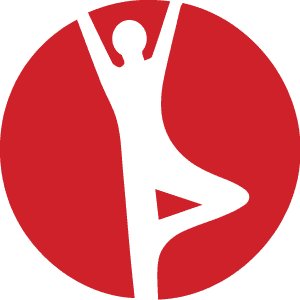




.png)

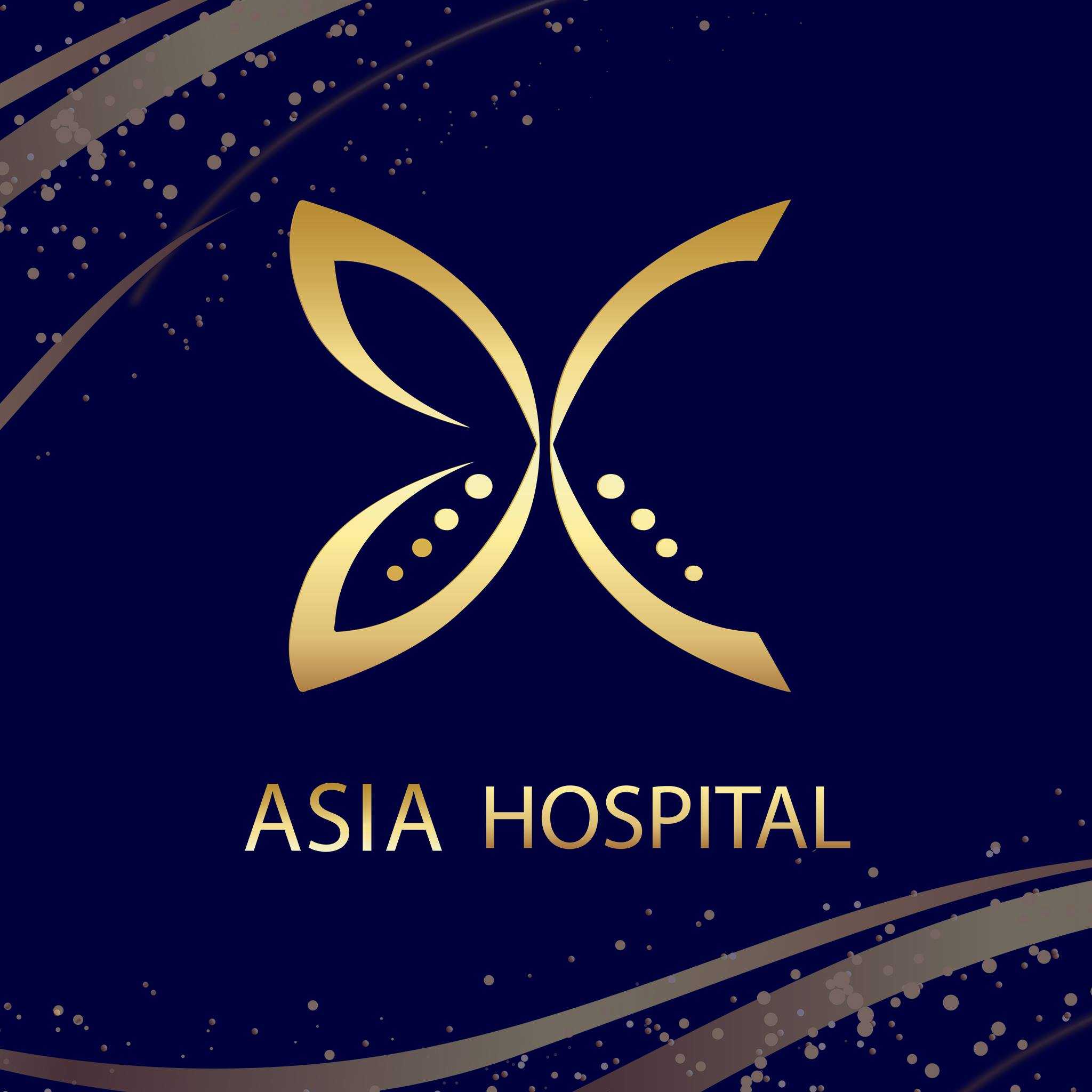
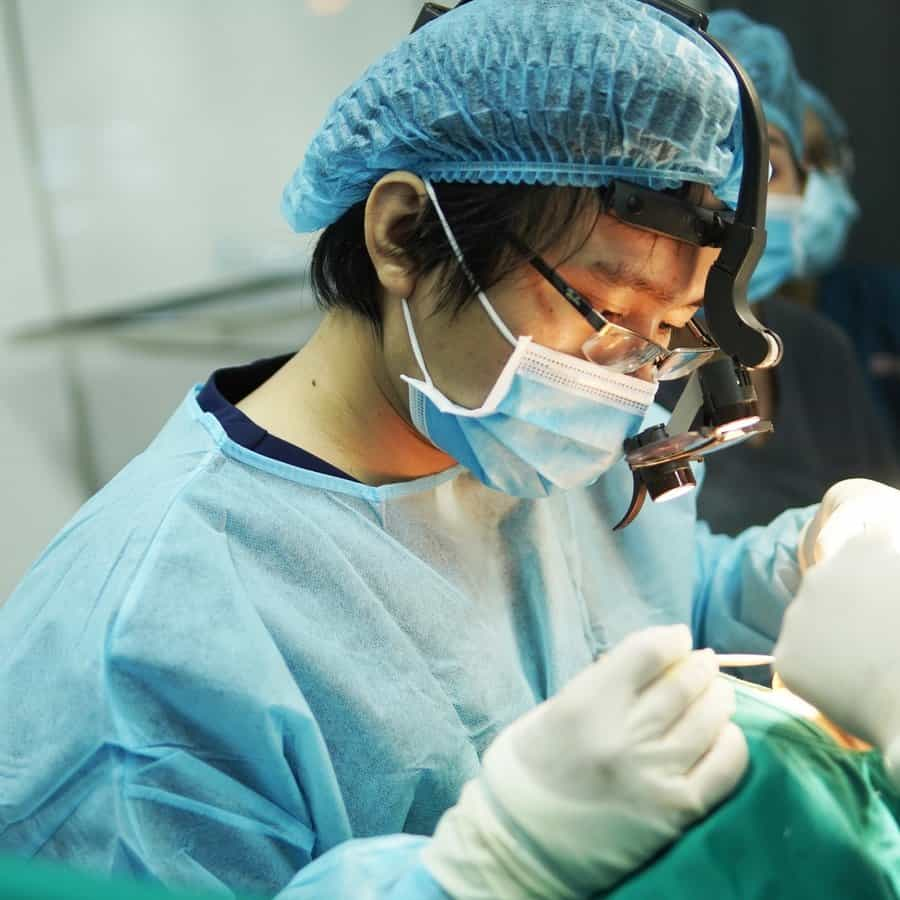

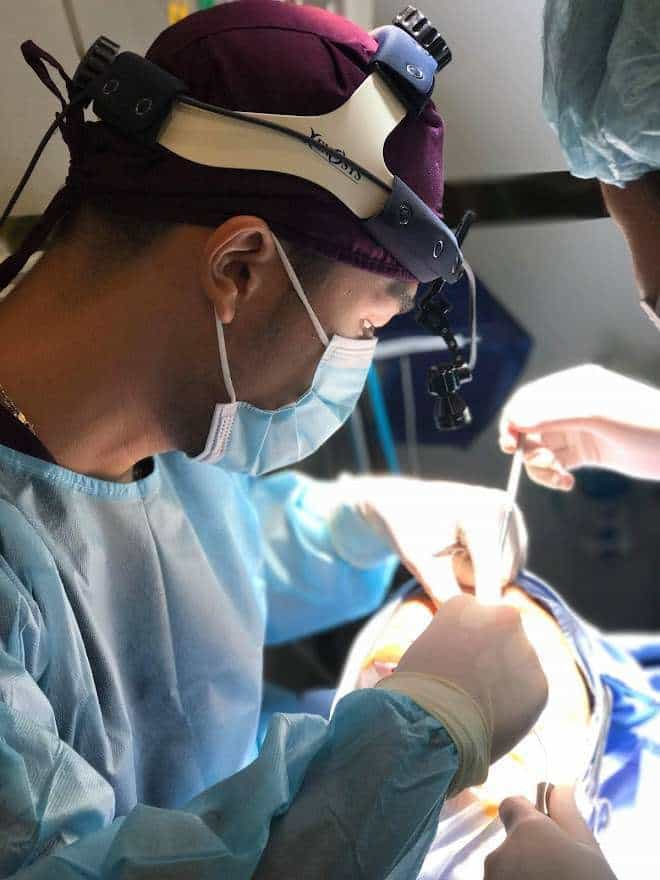

Share this listing